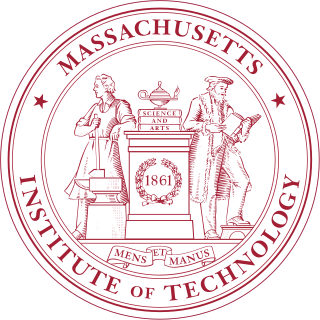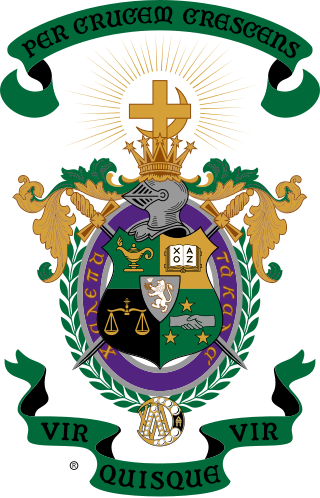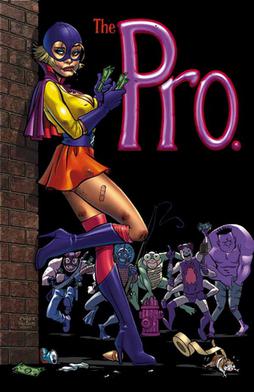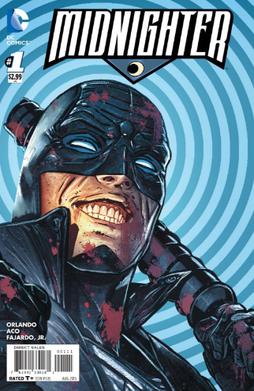
The Massachusetts Institute of Technology (MIT) is a private land-grant research university in Cambridge, Massachusetts. Established in 1861, MIT has played a significant role in the development of many areas of modern technology and science.

The smoot is a nonstandard, humorous unit of length created as part of an MIT fraternity pledge to Lambda Chi Alpha by Oliver R. Smoot, who in October 1958 lay down repeatedly on the Harvard Bridge between Boston and Cambridge, Massachusetts, so that his fraternity brothers could use his height to measure the length of the bridge.
The hacker culture is a subculture of individuals who enjoy—often in collective effort—the intellectual challenge of creatively overcoming the limitations of software systems or electronic hardware, to achieve novel and clever outcomes. The act of engaging in activities in a spirit of playfulness and exploration is termed hacking. However, the defining characteristic of a hacker is not the activities performed themselves, but how it is done and whether it is exciting and meaningful. Activities of playful cleverness can be said to have "hack value" and therefore the term "hacks" came about, with early examples including pranks at MIT done by students to demonstrate their technical aptitude and cleverness. The hacker culture originally emerged in academia in the 1960s around the Massachusetts Institute of Technology (MIT)'s Tech Model Railroad Club (TMRC) and MIT Artificial Intelligence Laboratory. Hacking originally involved entering restricted areas in a clever way without causing any major damage. Some famous hacks at the Massachusetts Institute of Technology were placing of a campus police cruiser on the roof of the Great Dome and converting the Great Dome into R2-D2.

Lambda Chi Alpha (ΛΧΑ), commonly known as Lambda, is a college fraternity in North America. It was founded at Boston University in 1909. Lambda Chi Alpha is one of the largest social fraternities in North America with over 300,000 lifetime members and active chapters and colonies at 195 universities.

Pi Kappa Phi (ΠΚΦ), commonly known as Pi Kapp(s), is an American Greek Letter secret and social fraternity. It was founded by Andrew Alexander Kroeg Jr., Lawrence Harry Mixson, and Simon Fogarty Jr. on December 10, 1904 at the College of Charleston in Charleston, South Carolina. The fraternity has 187 active chapters (168 chartered chapters and 19 associate chapters), and more than 113,000 initiated members.
James Daniel Lowder is an American author, anthologist, and editor, working regularly within the fantasy, dark fantasy, and horror genres, and on tabletop role-playing games and critical works exploring popular culture.

Hacks at the Massachusetts Institute of Technology are practical jokes and pranks meant to prominently demonstrate technical aptitude and cleverness, and/or to commemorate popular culture and historical topics. The pranks are anonymously installed at night by hackers, usually, but not exclusively, undergraduate students. The hackers' actions are governed by an informal yet extensive body of precedent, tradition and ethics. Hacks can occur anywhere across campus, and occasionally off campus; many make use of the iconic Great Dome, Little Dome, Green Building tower, or other prominent architectural features of the MIT campus. Well-known hacker alumni include Nobel Laureates Richard P. Feynman and George F. Smoot. In October 2009, US President Barack Obama made a reference to the MIT hacking tradition during an on-campus speech about clean energy.

Steve Altes is an American writer and former aerospace engineer. He writes humorous essays about his misadventures.

The Pro is a prestige format one-shot comic book written by Garth Ennis, with pencils and lettering by Amanda Conner and inks by Jimmy Palmiotti. It was originally published by Image Comics in 2002.

Kappa Alpha Psi Fraternity, Inc. (ΚΑΨ) is a historically African American fraternity. Since the fraternity's founding on January 5, 1911, at Indiana University Bloomington, the fraternity has never restricted membership on the basis of color, creed or national origin though membership traditionally is dominated by those of African heritage. The fraternity has over 160,000 members with 721 undergraduate and alumni chapters in every state of the United States, and international chapters in the United Kingdom, Canada, Germany, South Korea, Japan, United States Virgin Islands, Nigeria, South Africa, the Dominican Republic, and The Bahamas.

Alpha Epsilon Pi (ΑΕΠ), commonly known as AEPi, is a college fraternity founded at New York University in 1913. The fraternity has more than 150 active chapters across the United States, Canada, United Kingdom, and Israel, and has initiated more than 110,000 members. Although the fraternity is based upon Jewish principles, it is non-discriminatory and is open to all who are willing to espouse its purpose and values regardless of their particular faith tradition.

Andy Fish is a graphic novelist, born Andrew Tiberius Fish, is a comic book artist, illustrator, painter, and educator. He is known for his graphic novels and his series of books on how to illustrate in certain styles.

The Quincy Quarries in Quincy, Massachusetts, produced granite for over a century and were the site of the Granite Railway—often credited as being the first railroad in the United States. A 22-acre (8.9 ha) section of the former quarries is owned and operated by the Massachusetts Department of Conservation and Recreation as a public recreation area.

Project Fanboy (PF) is an American website that publishes news, interviews and reviews about the American comic book industry. In addition, the site hosts comic book fan-voted awards. It was founded by Stephen Jondrew and Scott Williams in the fall of 2005 as an alternative site that covers mainstream comic book news, but also promotes smaller independent works.
The college rivalry between the California Institute of Technology (Caltech) and the Massachusetts Institute of Technology (MIT) stems from the colleges' reputations as the top science and engineering schools in the United States. The rivalry is unusual given the geographic distance between the schools, one being in Pasadena, California, and the other in Cambridge, Massachusetts, as well as its focus on elaborate pranks rather than sporting events.
Veronica Fish is an American comic book artist and painter best known for her work with Marvel Comics and Archie Comics.

Midnighter is an American comic book series published by DC Comics and written by Steve Orlando that ran for twelve issues from June 2015 to July 2016, featuring Midnighter as its protagonist. The series is also known as Midnighter to differentiate itself from the character's previous series first published by WildStorm in 2006.
DC Graphic Novels for Young Adults, formerly known as DC Ink, is an imprint of American comic book publisher DC Comics consisting of original one-shots, graphic novels and reprints of books previously published under other imprints. The imprint intends to present traditional DC Universe characters for young adult readers. The first title of the DC Ink imprint, Mera: Tidebreaker, was published on February 2, 2019 and Batman: Nightwalker was the last title to be published under DC Ink. Wonder Woman: Warbringer, the first title of DC Graphic Novels for Young Adults, was published on January 10, 2020.

DC Graphic Novels for Kids, formerly known as DC Zoom, is an imprint of American comic book publisher DC Comics consisting of original one-shots and reprints of books previously published under other imprints. The imprint intends to present traditional DC Universe characters for middle-grade readers. The first title of the DC Zoom imprint, DC Super Hero Girls: Search for Atlantis was published on September 26, 2018. Black Canary: Ignite and Super Sons Book Two: The Foxglove Mission were the last titles to be published under DC Ink. Diana: Princess of the Amazons, the first title of DC Graphic Novels for Kids, was published on January 7, 2020. The first reprint, DC Super Hero Girls: Weird Science was published on July 14, 2020.














